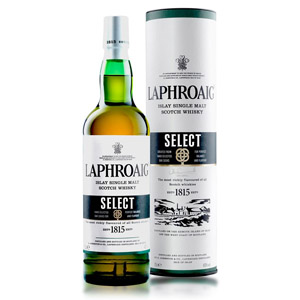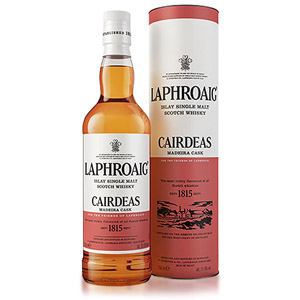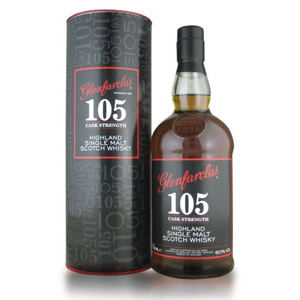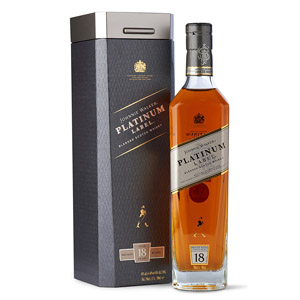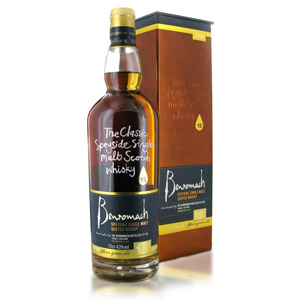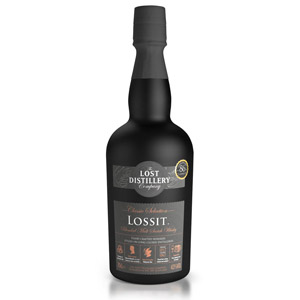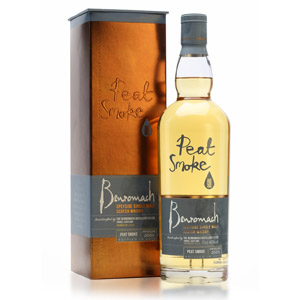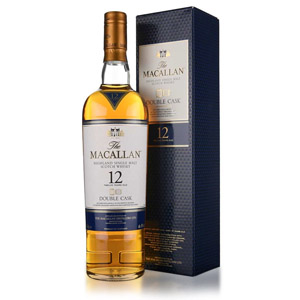Laphroaig Select
…this is the first addition to the core range of Laphroaig in awhile. The official back story for the Select (why does every new release need a back story these days?) is that because the last distillery manager when Laphroaig was family-owned, Ian Hunter, was among the first to utilize ex-bourbon barrels in the maturation of single malt. At the time, Laphroaig would have been primarily aged in used (and reused) European oak wine and fortified wine (sherry, madeira, port, etc.) casks.

